I wrote this article in Japanese and translated it into English using ChatGPT. I also used ChatGPT to create the English article title. I did my best to correct any translation mistakes, but please let me know if you find any errors. By the way, I did not use ChatGPT when writing the Japanese article. The entire article was written from scratch by me, Saikawa Goto.
Introduction
Movies and books covered in this article

Three takeaways from this article
- Will we no longer be able to see beautiful beaches around the world?
- Our daily lives are overflowing with “sand”.
- Concrete is a major contributor to global warming.
Self-introduction article


Published Kindle books(Free on Kindle Unlimited)
“The genius Einstein: An easy-to-understand book about interesting science advances that is not too simple based on his life and discoveries: Theory of Relativity, Cosmology and Quantum Theory”
“Why is “lack of imagination” called “communication skills”?: Japanese-specific”negative” communication”
The quotes in the article were translated using ChatGPT from Japanese books, and are not direct quotes from the foreign language original books, even if they exist.
Humans have No Choice But to Give Up Using “Sand”
Is “Sand” being Depleted?
Our awareness of environmental issues has been very high, and various efforts has been being made to reduce plastic trash and move away from fossil fuels.
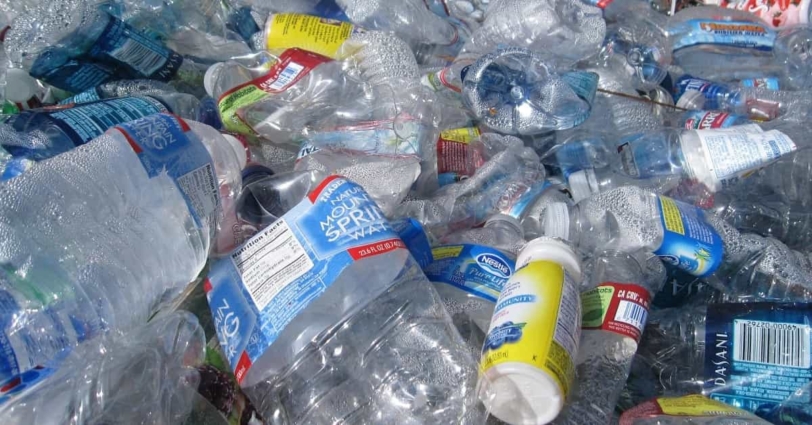
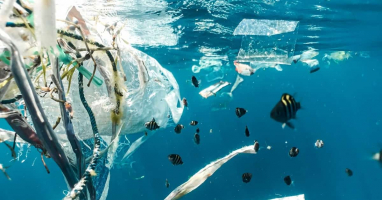
Even in such modern times, where awareness of environmental issues is increasing, there is a resource depletion that most people are unaware of. That resource is “sand”.
Given the situation, it is inevitable that we will eventually face a shortage of sand. In fact, it is already happening. In a 2012 report, the California Environmental Protection Agency warned that the state would only be able to obtain about a third of the necessary sand and gravel in the next 50 years. In the UK, pressure on land-based sand mining has led to a gradual shift towards ocean sand mining, which now accounts for about one-fifth of the necessary supply. However, the supply of this sand is predicted to last only another 50 years. The Ministry of Construction in Vietnam warned in 2017 that if nothing is done, the country’s sand resources will be completely exhausted in less than 15 years.
You might be thinking, “Sand? There’s plenty of that around.” I felt the same way when I started reading this book.

Let’s first unify our understanding of “sand.”
Sand is strictly defined as follows:
A hard substance in discrete grains, from 0.0625 to 2 millimeters in diameter.
Whatever the material is, all that meet the requirements is called “sand.” Of course, what we usually think of would be crushed rock or stone. But that is not all.

Many sandy beaches also contain sand of biological origin. They are what shells, corals, and bones of sea creatures crushed and shattered. That’s why there are pink or extremely white sandy beaches. (Among the many beaches with mysterious colors, one of the most unique is Glass Beach in Kauai, Hawaii. Most of the sand there is made up of countless colorful glass fragments that have been eroded for a long time.)
It means tha glass also counts as “sand” as long as it falls within the specified size range.

The Impact of “Beach Nourishment” and Usable Sand
Then, if so, more and more, you would feel that the sand would be all over the place. For example, the desert is full of it. However, this book focuses on “usable sand for industrial purposes”. Unfortunately, sand from the desert is not suitable for industrial purposes.
In most cases, sand from the desert is not used for industrial purposes. To be used in construction, most sand grains from the desert are too rounded.
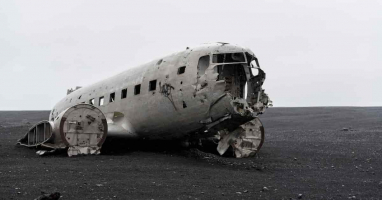
Then what about beach sand, you might ask. Certainly, beach sand can be used for industrial purposes. However, this is causing problems because sand is being stolen from beaches all over the world to meet the global demand.
Since they can’t lock up a beach, sand is easily stolen. Even if they take legal action, it’s not always practical to resolve the issue. The world’s beaches are currently in crisis due to unauthorized mining by unscrupulous companies.

But in fact, the crisis facing beaches is not just about illegal mining. What I am about to tell you might actually be more shocking.

Beaches, which are often associated with words like “resort” and “beach,” are basically “artificial.” Hawaii and Miami, those beautiful beaches are created by human hands to attract tourists. Such beaches are typically just covered with sand brought in from somewhere else. Naturally, the sand is carried away by waves and wind, and the beach cannot be maintained without proper care.

So, what should we do?
We do “beach nourishment.”
In other words, “beach nourishment,” which is like adding sand to the beach, has already become a major industry. In the United States, over the past few decades, they have spent 7 billion dollars to artificially rebuild hundreds of kilometers of beaches nationwide, and most of the cost is covered by taxes.
I was very surprised because I had no idea that beaches were artificial and could not be maintained without “beach nourishment.” And of course, “beach nourishment” must be done regularly. Even if a lot of money is spent, beaches only last for a few years. In addition, the supply of sand is becoming difficult due to a global sand shortage, and sand from beaches is stolen. As it is, beautiful beaches around the world may be lost during our lifetime.
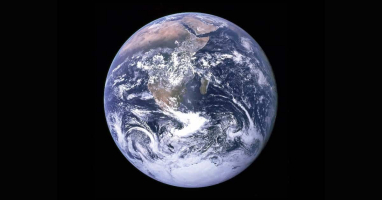
Why is There a Shortage of “Sand”?
Whether or not the beaches will be lost may only be of interest to some, but the shortage of sand is a problem that affects all of humanity. Don’t you feel it is strange in the first place? Why is there such a shortage of industrial sand? However, you will be convinced after reading the following passage.
Except for air and water, sand is the most commonly used natural resource by humans. The amount of sand and gravel consumed by humans is estimated to be nearly 50 billion tons per year.
If sand is the most commonly used natural resource by humans, excluding air and water, then it is not surprising that it can quickly become scarce.

But do we really use “sand” in our daily lives?
You would turned on the light in your room after waking up, but the glass bulb that is the source of that light is made from melted sand. Then, you probably brushed your teeth over a porcelain sink made from sand, and the water you used was filtered through sand at a nearby water treatment plant. The toothpaste you used probably contained hydrated silicic acid, which is also a type of sand that serves as a gentle abrasive to remove plaque and stains from your teeth.
Your underwear stays in place thanks to a stretchy material called silicone, which is also made from sand. (omission)
The road you drove to work on, the concrete and asphalt that it is paved with, and everything from the computer screen to the chips that power it, to the fiber optic cables that connect it to the internet are all made from sand. Even the paper used to print the documents you create is likely coated with a thin layer of sand-based material to enhance the absorption of printer ink. Even the adhesive used in sticky notes that can be pasted and peeled is made from sand.

I was very surprised after reading this passage. When we hear the word “sand,” we may only think of deserts and beaches, but actually, it is an essential element to maintain modern civilization. In light of above quote, not a day goes by that we don’t get involved with “sand”.
First, we need to recognize this fact. While global warming, plastic trash, and fossil fuels are important, we also need to realize that the depletion of “sand” can also have a fatal impact on our lives.

The Convenience and Peculiarity of “Concrete”
However, when it comes to things that cannot be made without “sand,” which supports modern civilization, it is certainly concrete. In this book, it is written as a quote from another book like this:

Robert Courland writes in his book “Concrete Planet”: “For every person on Earth, there are forty tons of concrete. And each year, one ton is added to that amount per person.”

After researching online, I found out that a wooden house of about 130 square meters weighs around 40 tons. That’s quite large. And that means there is concrete as heavy as a house per person on the planet.
It is quite terrific.
What’s more, concrete didn’t even exist just 100 years ago. It shows just how quickly humanity has been able to create concrete.

Why has humanity come to rely so heavily on concrete? It’s because of the amazing properties that concrete possesses.
Without sand in the form of concrete, cities could not have grown at such a rapid pace. Concrete is an incredibly cheap and easy-to-handle building material, making it possible to quickly create relatively sturdy and hygienic homes for a large number of people. Concrete is strong enough to withstand the weight of tens of thousands of tons of people, furniture, water, and more. It does not burn or attract termites. And it’s surprisingly easy to handle.
It is indeed a wonderful material. No wonder everything is made of concrete.

However, in fact, the material called concrete was not initially widely recognized for its performance. Because brick craftsmen feared losing their jobs and opposed it, claiming that “the safety of concrete is not guaranteed.”
There was a trigger that rapidly spread such concrete. It was the 1906 San Francisco earthquake. Although many buildings of reinforced concrete construction collapsed in this earthquake, one reinforced concrete construction warehouse remained unscathed, which drew attention to its true value and became famous overnight.
This book also specifically describes how excellent a material concrete is. Throughout human history, humans have obtained various things such as fire and language, but it is certain that “concrete” was also something that greatly propelled humanity forward.

The Fatal Flaw of Concrete
However, concrete has a fatal flaw – it doesn’t last very long.
According to Václav Smil’s estimate, within the next few decades, it will be necessary to replace 100 billion tons of poorly manufactured concrete worldwide – buildings, roads, bridges, dams, and everything in between.

Earlier, I wrote that there are 40 tons of concrete per person. Assuming a world population of 5 billion, the amount of concrete in the world would be 200 billion tons. This means that half of it needs to be replaced.
Isn’t this a rather frightening situation?

It says “poorly manufactured concrete” here. You might think that it’s a problem for developing countries, but we can’t be that optimistic.
One fifth of America’s highways and one third of urban roads are in a “poor” condition, and the additional repair and operating costs imposed on American drivers amount to $121 billion. According to the Federal Highway Administration, nearly a quarter of America’s bridges have structural defects or are too outdated in terms of functionality.

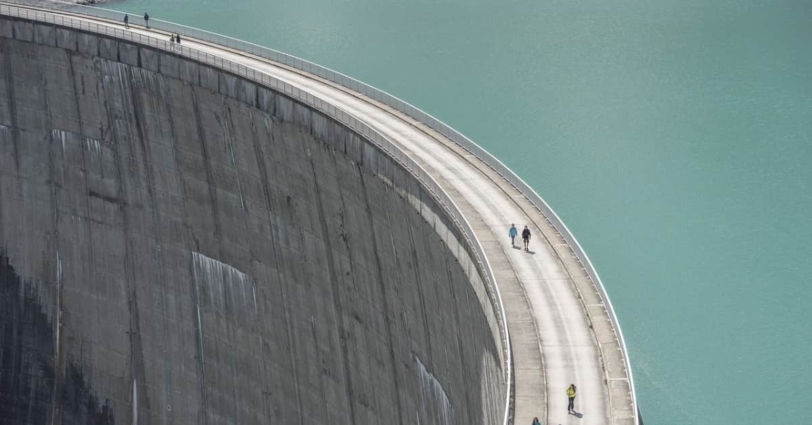
Concrete is used to create things such as tunnels and dams, which are all essential for our daily lives. Modern civilization is supported by these concrete structures. Is it even possible to replace all of them? Especially when there is already a shortage of sand?

Concrete does not last long because it is vulnerable to cracks. Therefore, researchers are studying concrete that has the ability to self-repair when cracks occur. However, this technology has not yet been put into practical use, and the reality remains that old concrete still needs to be dealt with somehow.
In addition, concrete promotes global warming. Heat is required to produce concrete, and concrete itself retains heat. Moreover, cars running on roads made of concrete emit exhaust gases.

Surprisingly, 5% to 10% of the world’s carbon dioxide emissions are generated in the cement manufacturing process. This amount of emissions is third after coal-fired power plants and automobiles. Even if we stop using fossil fuels and switch all cars to electric vehicles, global warming may not be suppressed if we do not stop using concrete.
This is a harsh reality that reminds us of the difficulties that lie ahead for humankind.

Conclusion
In this article, I focused on two main points: “the depletion of natural resources such as sand” and “human dependence on concrete.” However, this book is full of interesting episodes, such as:
- Why Dubai, which had only water 15 years ago, has flourished today.
- Without sand from a small town in the State of North Carolina, silicon chips cannot be made.
- The tragic end of the man who turned Florida, a wetland, into a resort.
All of these episodes are things you wouldn’t know if you didn’t read this book, and they are very interesting.

This book is a chance to take a closer look at the existence of “sand” which we never imagined could disappear, as it exists as naturally as air and water. The author declares as follow.
In the end, there is only one long-term solution. We must work to reduce the amount of sand that humans use. To put it more broadly, we must work to reduce the amount of “everything” that humans use.

Published Kindle books(Free on Kindle Unlimited)
“The genius Einstein: An easy-to-understand book about interesting science advances that is not too simple based on his life and discoveries: Theory of Relativity, Cosmology and Quantum Theory”
“Why is “lack of imagination” called “communication skills”?: Japanese-specific”negative” communication”







コメント